Is it Beer? A Guide to Japanese Beer, Happosuhu and more
Sake is practically synonymous with Japan, but the Japanese really love their beer too. A trip to the refrigerated beverage section of any convenience store will be show you a wide array of choices. But with so many different kinds of Japanese beer, what to choose? Most people will either pick a brand they have heard of before, or something with attractive packaging. But, hold on a second— did you buy a beer, or a drink that just looks like beer?
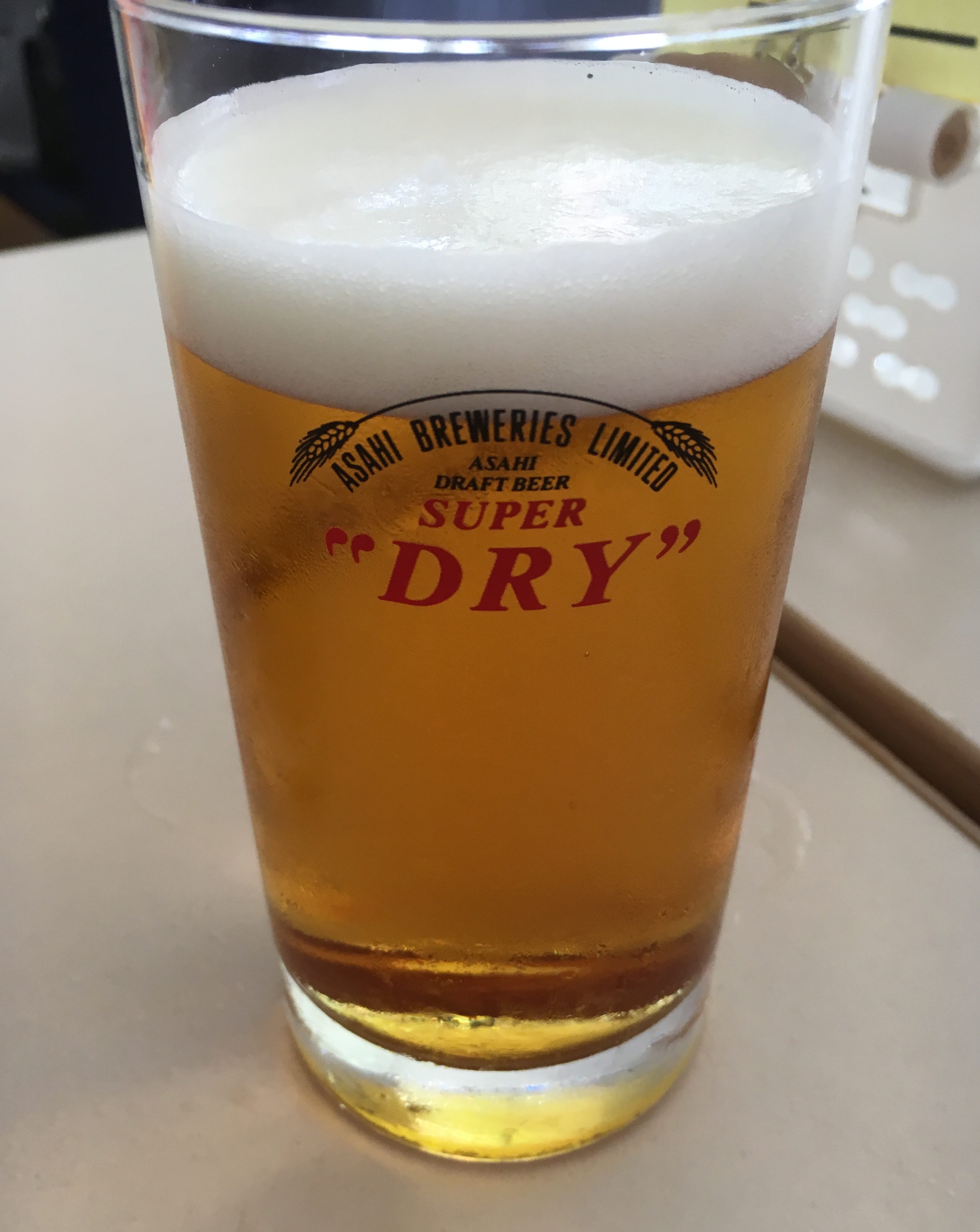
A Guide to Japanese Beer
Beer and Not Beer
Germany strongly influenced beer making in Japan, and the most popular kinds of Japanese beer are typically some kind of lager. Often sold right alongside these popular beers are also drinks like happoshu [発泡酒] and new genre [新ジャンル]. Both happoshu and new genre might look like beer, but at least legally, they are not beer.

The definition of beer is stipulated by law for tax reasons, so if those requirements are not satisfied, a product cannot legally call itself beer. Although the can clearly reads “happoshu” on the front in Japanese, the way the can is marketed can make it look like a regular beer. However, you will instantly be able to see and taste the difference when you drink them.
Characteristic of Japanese Beers
Beer
According to the National Tax Agency, as of April 2018 law stipulates that in order to be classified as a beer, (1) the main ingredients must be malt, water and hops, (2) the amount of malt must exceed 50% of the ingredient (3) sub-ingredients do not exceed 5% of the total amount of malt. So, in order to be beer the most important factor is malt, which gives beer its distinctive color and flavor.

Sub-ingredients are things that can give the beer a very unique flavor. Some of the beers on the market include some fruits, herbs and even bonito flakes! What can be a sub-ingredient is also stipulated by the law and prior to 2017 the list was pretty small. Today however, there is a much wider variety of sub-ingredients in beer.
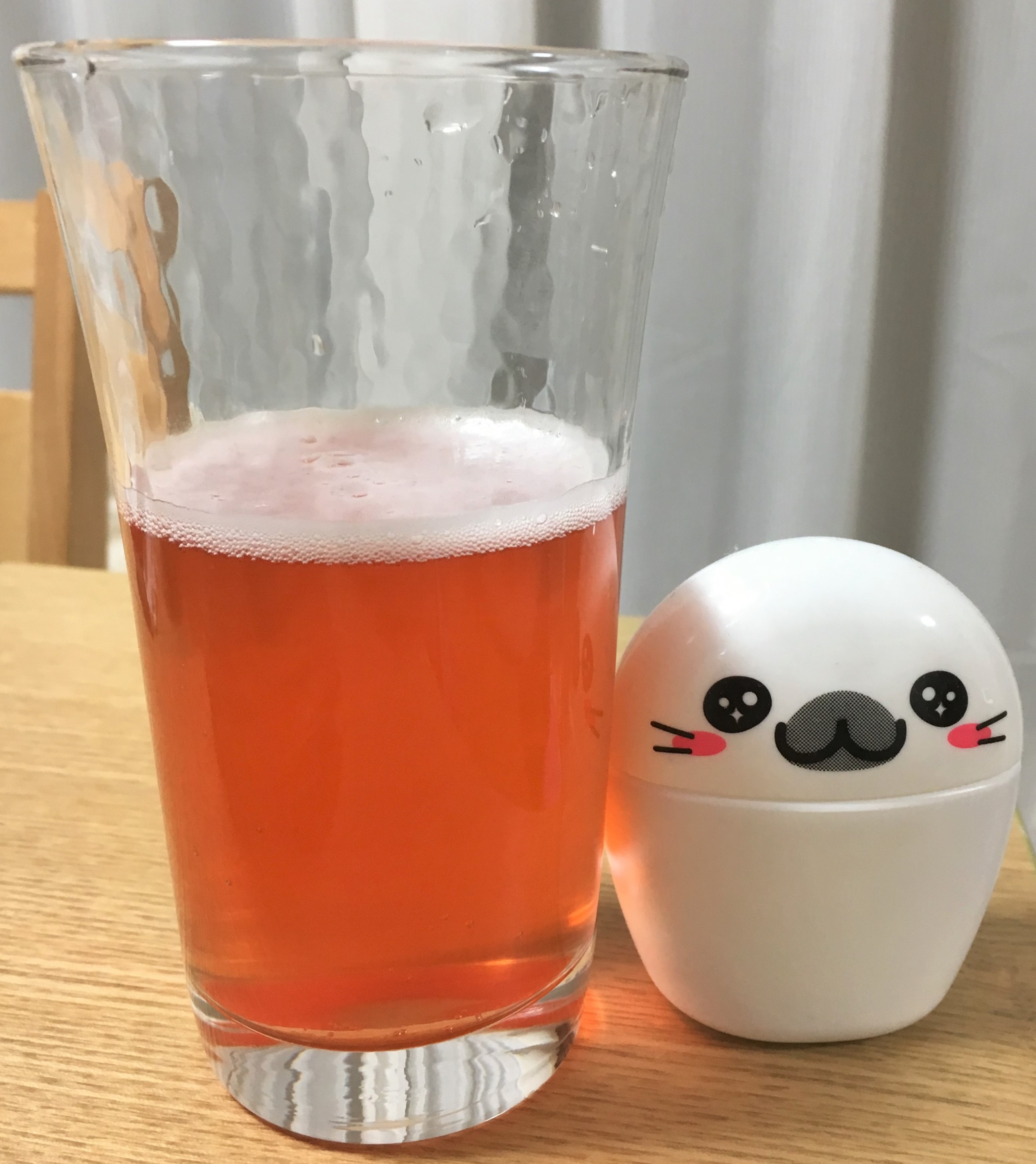
“Raw” Beer
If you pay attention to the label, many of the beers have a stamp that says raw beer, or “nama” beer [生ビール] somewhere on the can. Raw beer means that the beer was not heat treated. Instead, the company added brewer’s yeast to the wort and get rid of excess yeast after the fermentation. Because the beer didn’t go through heat treatment, it tastes is purer and cleaner.
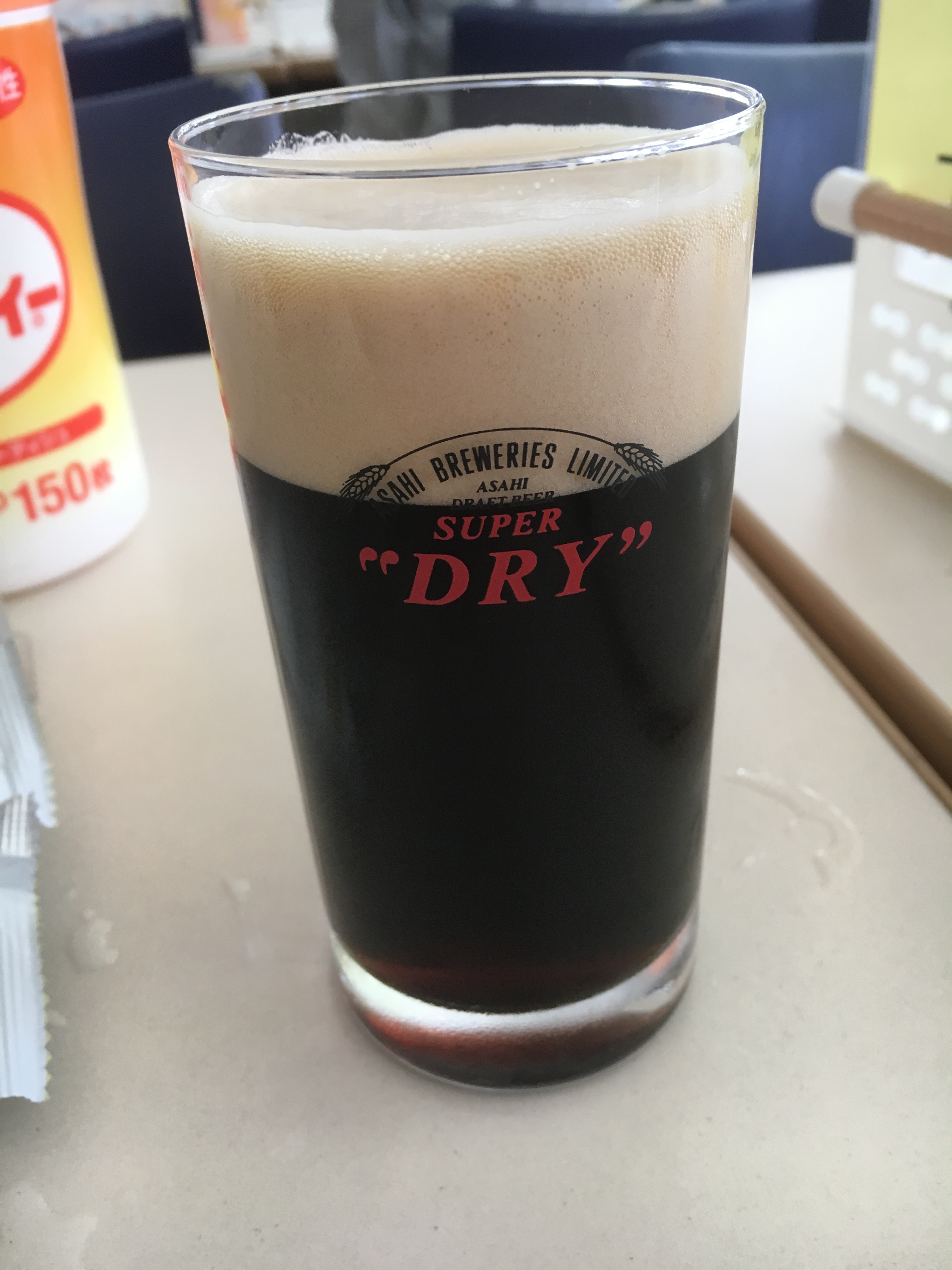
The Japanese government charges 77 yen for a typical 350ml or 12 oz can of beer. The price is typically around 210 yen including tax.
Other Kinds of Japanese Beer: Almost Beer
Happoshu [発泡酒]
Happoshu is a new kind of beer that started to be sold since 1997 partly because beer started to get expensive. Though it also looks like a beer, it is not technically a beer. Guidelines stipulated that happoushu contain (1) less than 50% of malts are used or (2) more than 50% of malts are used but the sub-ingredient that are not allowed to be beer are used. Because the list of sub-ingredient was pretty limited from the start, some foreign beers were classified as happoshu, instead of beer for long time.

Since they don’t use a lot of malt, these drinks are much smoother and less bitter than “regular beer”. Some people complain that the flavor it is just thin, but happoshu is very popular because more and more young people do not like the bitterness of beer.
The typical tax on a can of happoshu ranges from 47 yen to 77 yen according to how much malt is in the drink. If the company uses more than 50% malt, the tax is 77 yen per a can, which is no different than a regular beer. However, in order to keep happoshu cheap, it is common for companies to use less than 25% malt so that the government only charges 47 yen on a can. Since it is significantly cheaper than beer, many people drink happoshu.
New Genre
In 2003, the government changed a law and started to charge more taxes on happoshu. In response to this new tax, beer companies created another beer look alike called “new genre”. The definition of a new genre is (1) it doesn’t contain any malts or (2) it is happoshu with an additional spirit. The former often referred to as “third beer” or happosei [発泡性] and the latter is “liquor” [リキュール].

Although new genre also looks, and might taste similar to beer at first, you can clearly tell it is not a beer if you compare them side by side. Since new genre doesn’t have any malt at all, it doesn’t that characteristic beer bitterness.
Taxes on a typical 350 ml can of new genre is only 28 yen per a can, making the total cost around 120 yen— roughly the same price as a soft drink!
You may think this just fake beer if you are an avid beer drinker, but let me tell you; new genre is the most popular of all “beers” (beer, happoshu and new genre) in Japan. So, maybe it is not as bad as you think? Don’t knock it till you try it!
.jpg)
Craft Beer
For a long time, there was no such thing as craft beer in Japan because laws tightly regulated beer production. These regulations made starting a small beer company basically impossible. However, after 1994, the laws changed and local brewing companies could produce on a small scale. These are Ji beer, and are produced only in very popular tourist locations. Typically, these beers contain some sort of locally iconic flavor or food, in the same way many microbrews do.
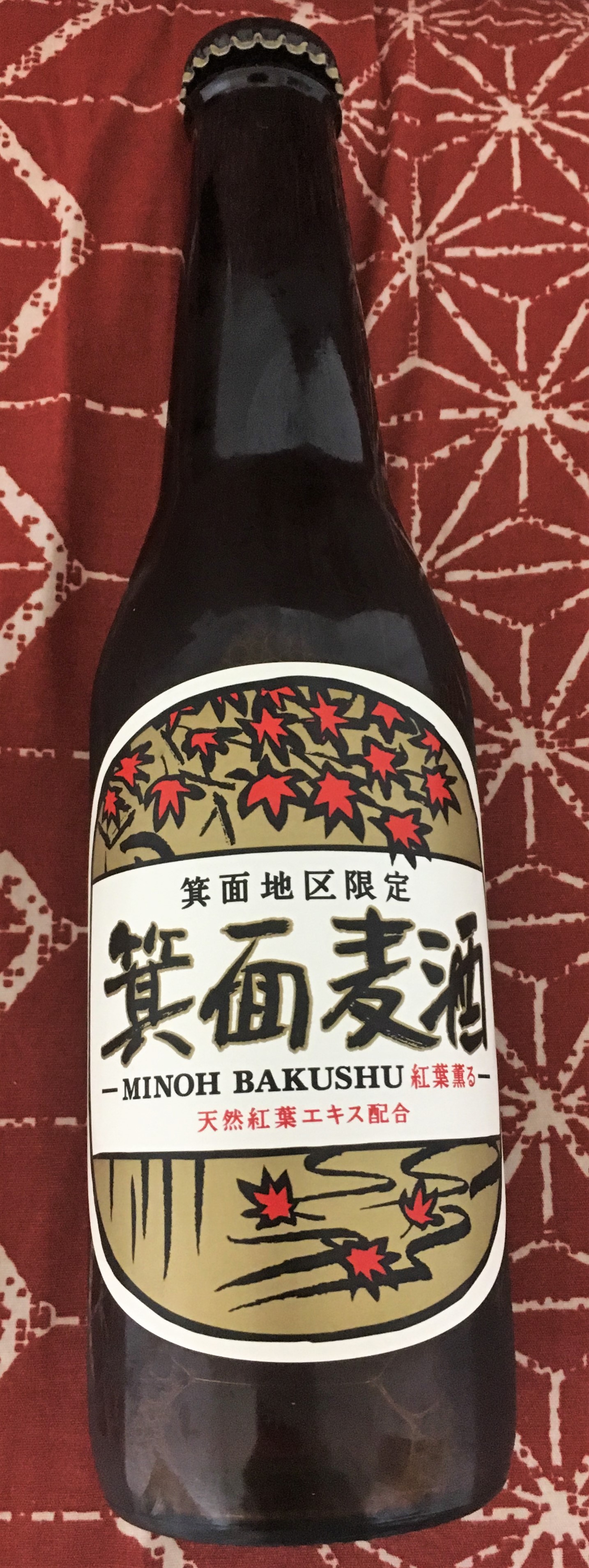
At first, many local breweries had a number of issues, particularly in maintaining quality and distribution. This lead people to believe craft beers were not very good and many small breweries failed.
However, due to the popularity of microbreweries in America, craft beer is starting to take off in Japan. Today, you can still pick up a ji beer at tourist destinations, but many grocery stores carry some craft beers too.
.jpg)
Sometimes, because a craft beer will use special ingredients that are not allowed in regular beer. When this happens the beer gets labeled as happoshu, even though it still has lots of hops.
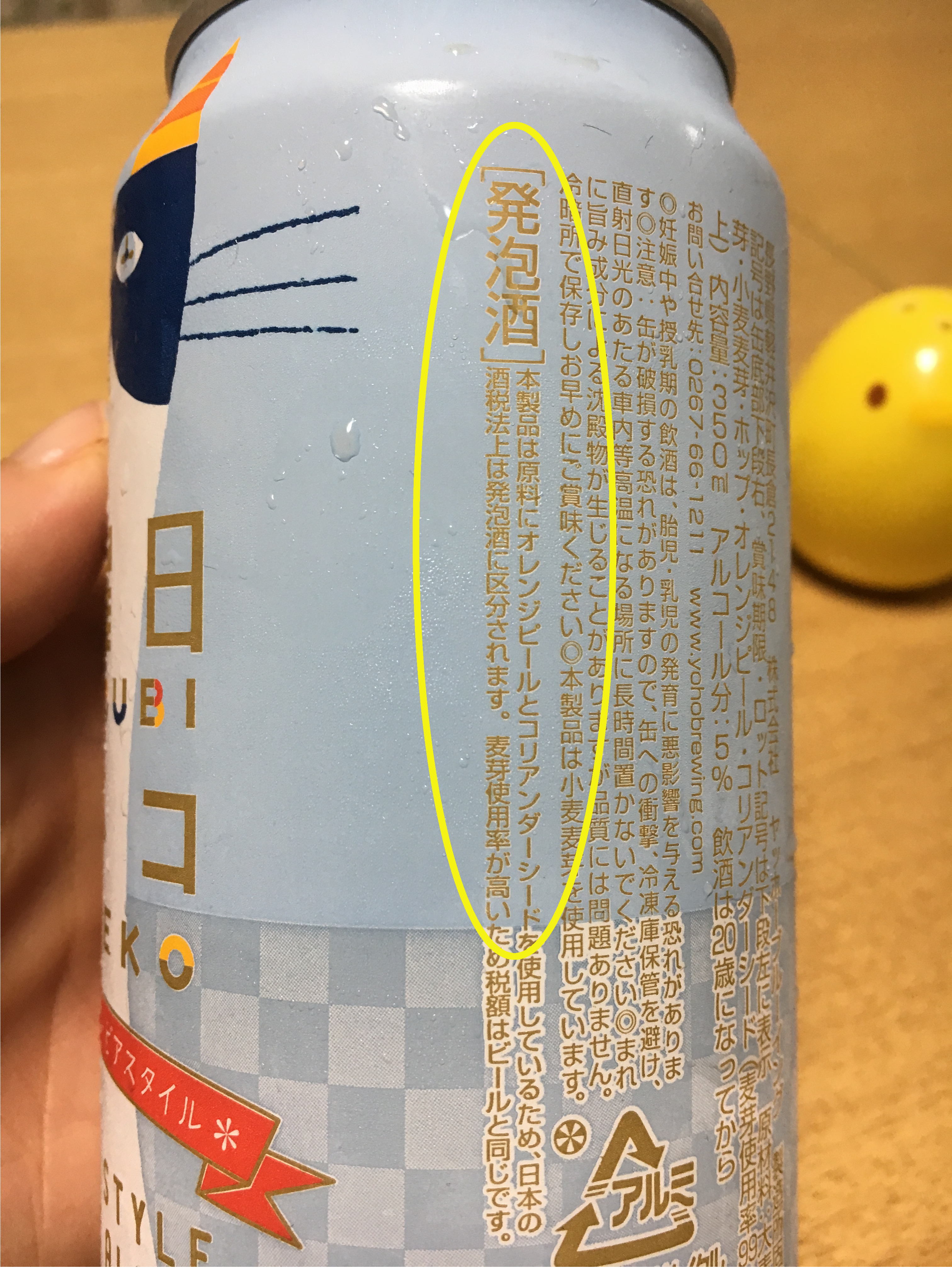
The Best Japanese Beer?
Which drink is the best? Well, that totally depends on personal preference. If you really like a happoshu or a new genre, great! If you are after a beer, go for it! Just make sure you actually got what you wanted.
Love beer? Check out our posts on these free beer tours near Osaka! Suntory Factory Tour, Asahi Brewery Factory Tour.
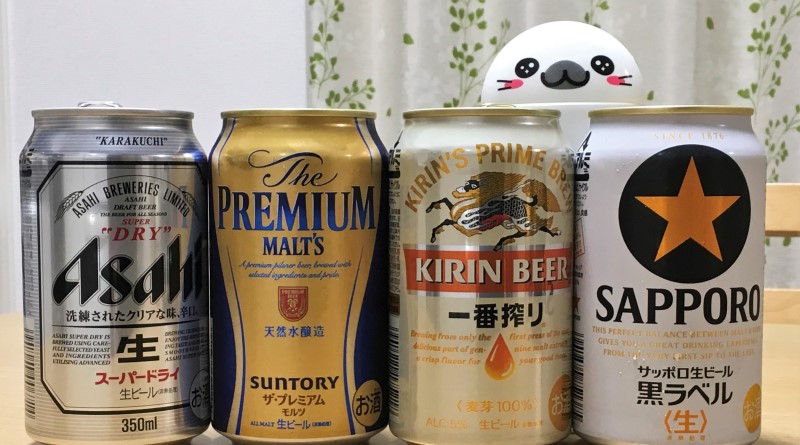
Leave a Reply